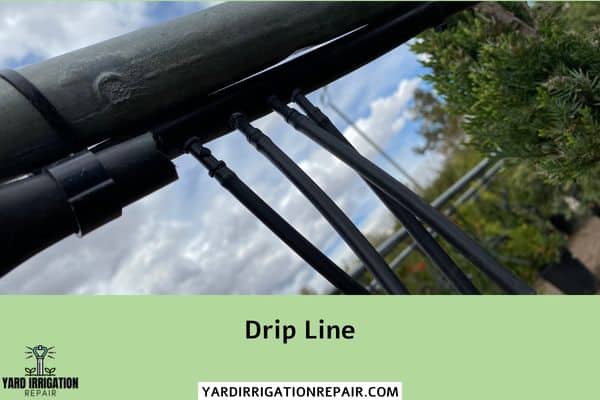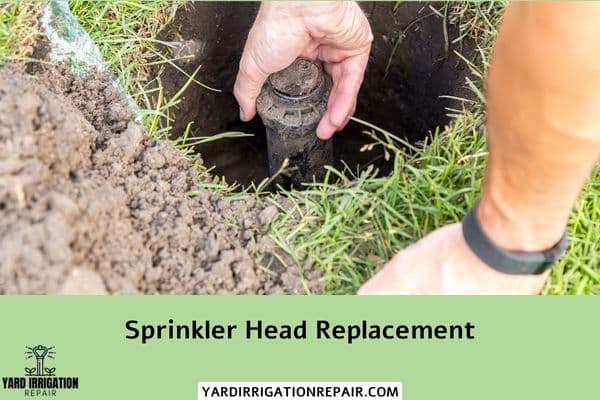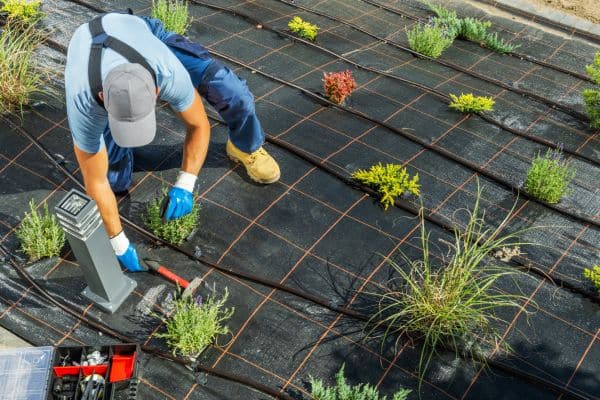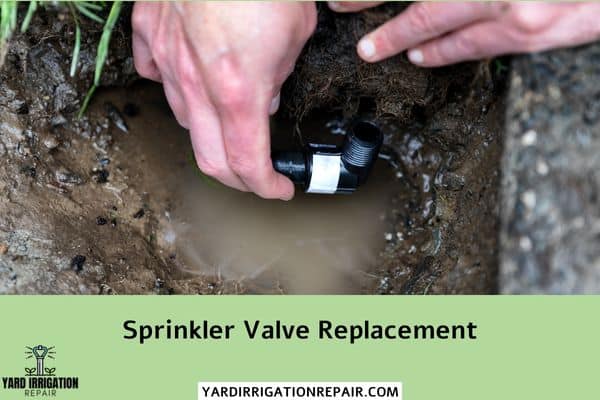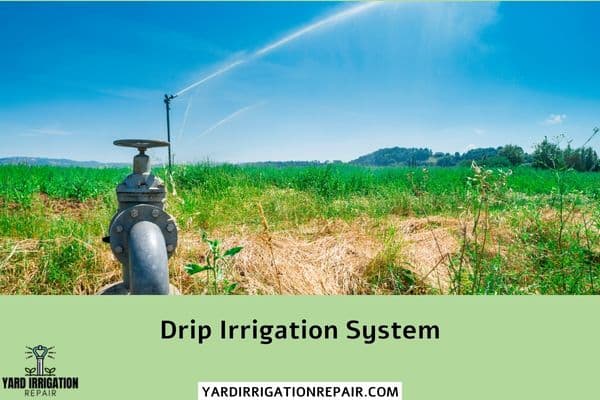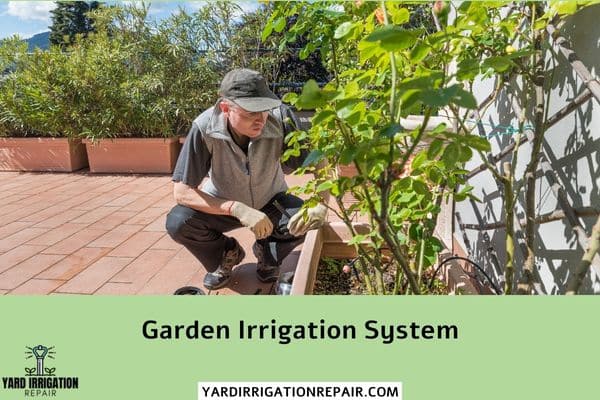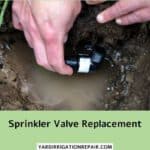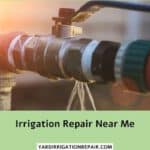Are you looking for an efficient, cost-effective way to irrigate your garden or other outdoor areas? Drip line irrigation may be precisely what you’re looking for. Unlike traditional methods of irrigation that use sprinklers, drip lines allow water to slowly and evenly trickle directly onto the roots of your plants without wasting resources.
It’s a great alternative method to keep your outdoor space healthy and hydrated without breaking the bank! Keep reading to find out more about why drip line irrigation is being increasingly used by home gardeners and commercial growers alike.
Overview of Drip Line - What is it and how can it be beneficial for your garden or landscaping
When it comes to maintaining a beautiful garden or landscape, watering is a crucial component. However, traditional watering methods can be time-consuming and wasteful. That’s where drip line comes in.
Drip line is a type of irrigation system that delivers water to the roots of plants through small tubes or pipes with pinpoint accuracy. This ensures that water is delivered precisely where it’s needed, minimizing waste and avoiding overwatering. In addition, drip line can also help conserve water, making it an eco-friendly option for your garden or landscaping.
By using this innovative method of irrigation, you can enjoy a lush, healthy outdoor space without any of the hassle or environmental harm of traditional watering methods.
Leave contact details
Benefits of Installing a Drip Line System - Water savings, less weeds, and healthier plants
If you’re looking for a way to save time and energy on watering your plants while also reducing your water bill, installing a drip line system is a great option to consider.
Drip lines deliver water directly to the roots of your plants, allowing for more efficient and precise watering – which translates into less water waste and healthier plants. Not only that, but a drip line system can also help suppress the growth of weeds, since the water is being delivered only to the areas where your plants are growing.
With a drip line system, you’ll likely find yourself spending less time and effort on watering and weeding, and more time enjoying your beautiful, thriving garden.
Types of Drip Line Systems - Sub-Surface vs Above Ground
Drip line systems are an efficient and cost-effective way of watering garden beds, landscapes, and crops. They can be classified into two types: sub-surface and above ground.
Sub-surface drip lines are buried beneath the soil surface and deliver water directly to plant roots, while above ground drip lines are installed on the soil surface and water plants through emitters. Both systems have their unique advantages and disadvantages.
Sub-surface lines are more discreet and reduce water evaporation, but may require more maintenance. Above ground lines are easier to install and inspect, but can be more prone to breakage and clogging.
Choosing the right drip line system depends on various factors such as climate, soil type, and plant species. Whether you opt for a sub-surface or above ground drip line, implementing an efficient irrigation system can save you time, money, and water resources.
More Articles
Steps to Successfully Install a Drip Line
Installing a drip line system can seem daunting at first, but with the right steps, it can be a straightforward process. A drip line is a watering system that delivers water slowly and directly to the soil, providing a more efficient and consistent irrigation method for your plants.
To install a drip line, you’ll need to start by planning your layout, measuring your garden and gathering the necessary materials. After your layout is planned, you’ll dig a trench for your main irrigation line, install your connectors and then lay out your drip lines.
You’ll finish by securing your system with stakes or weights and testing for leaks. Taking the time to properly install a drip line can ensure your plants receive the appropriate amount of water while conserving this precious resource.

Common Mistakes to Avoid When Installing a Drip Line
When it comes to installing a drip line, there are a few common mistakes that you’ll want to avoid. One of the most important things to remember is to make sure that your drip line is properly set up from the start.
This means ensuring that it is level and has adequate water pressure before you begin using it. Another common mistake is failing to check your drip line regularly to make sure that it is functioning properly. This can lead to leaks and other issues, which can affect both the health of your plants and the overall efficiency of your irrigation system.
With a little bit of attention and care, however, you can avoid these mistakes and enjoy all the benefits that a well-designed and properly installed drip line can offer.
Tips for Maintaining a Healthy Drip Line System
Maintaining a healthy drip line system may seem daunting, but it’s actually quite simple. First and foremost, make sure to regularly check your drip lines for any signs of damage.
This can include cracks, holes, or wear and tear. Secondly, ensure that your system is properly calibrated to avoid overwatering or underwatering your plants. Thirdly, use good quality filters to prevent clogging and buildup of sediment in the lines.
Finally, give your system a good flush every few months to remove any accumulated debris. By following these simple tips, you can keep your drip line system running smoothly and efficiently, ensuring healthy and bountiful plants in your garden.
Installing a drip line system is actually not as difficult as it may seem if you are willing to take the time to learn and follow the steps carefully. Not only can this technique improve your plants health and reduce water demand, but if you maintain it properly, you will likely get years of service from your drip line system.
Now that you know all there is to know about proper installation and maintenance techniques, it’s time to consider taking your landscaping goals into your own hands and embracing the challenge of creating a beautiful garden with a drip line.
With these tips in mind, you can be well on your way to achieving the aesthetically pleasing landscape of your dreams – so why wait? Make the first step now towards improving your garden or landscaping with an efficient and diverse drip line system!

